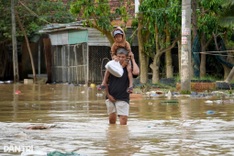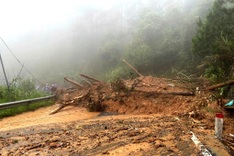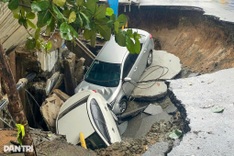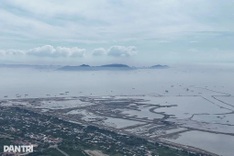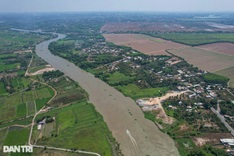All 90 people aboard an Ethiopian Airlines plane were feared dead after it plunged into the Mediterranean, minutes after taking off from Beirut in stormy weather on Monday.
 | |
| The planes disappeared from radar screens shortly after takeoff |
Flight ET409, a Boeing 737-800, heading for Addis Ababa, disappeared off the radar some five minutes after taking off at 2:37 a.m. (0037 GMT) during a thunderstorm.
The Lebanese army said the plane had broken up in the air before plummeting into rough seas and hopes of finding any survivors faded 12 hours after the crash. Witnesses described the impact as a "flash that lit up the whole sea" and a "ball of fire".
Lebanese President Michel Suleiman said he did not think the plane had been brought down deliberately, emphasising "a sabotage attack is unlikely".
Ethiopian Airlines CEO Girma Wake said he had spoken with Lebanese authorities who had no word of survivors.
Eighty-three passengers and seven crew were on the flight, Lebanese Transport Minister Ghazi al-Aridi said at the airport.
Twenty-four bodies have so far been recovered, at least six of Ethiopian origin, officials said. Some of the bodies were so unrecognisable from the impact of the crash that DNA testing would be needed to identify them.
The remains of mangled aircraft seats and luggage washed up on the shore south of Beirut where the airport's main runway is located. Lebanese army patrol boats, helicopters and divers searched an area off Na'ameh, 10 km (six miles) south of the capital.
Fifty-four of those on board were Lebanese, 22 were Ethiopian, two were British and there were also Canadian, Russian, French, Iraqi and Syrian nationals.
Marla Pietton, wife of the French ambassador to Lebanon Denis Pietton, was on the plane, the French embassy said.
Lebanese lawmaker Nawwar el-Saheli had been due to take the flight but cancelled at the last minute because of a scheduled parliamentary meeting on Monday.
BAD WEATHER A CAUSE?
The Lebanese government declared a day of mourning. Prime Minister Saad al-Hariri visited the airport to meet distraught relatives waiting for news of survivors, some of whom were angry that the plane was allowed to take off in bad weather.
"They should have delayed the flight for an hour or two to protect the passengers. There had been strong lightning bolts and we hear that lightning strikes at planes especially during take-offs," a relative of one of the passengers told a local television station.
Girma said he did not think the crew would have taken off in dangerous weather conditions.
"There was bad weather. How bad it is, I will not be able to say. But, from what I see, probably it was manageable weather otherwise the crew would not have taken off," he told reporters in the Ethiopian capital Addis Ababa.
The U.N. peacekeepers in Lebanon, Cypriot police, the British military stationed in Cyprus and the U.S. navy provided helicopters, ships and divers to aid search and rescue.
State-owned Ethiopian Airlines has positioned itself as a major player in international air traffic in Africa and has recently expanded its Asian network.
Girma said the plane, built in 2002, last underwent a maintenance check on Dec. 25 and no technical problems were found. The plane had been leased from a division of U.S. financing company CIT Group.
Ethiopian airlines has regular flights to Lebanon, catering for business clients and the thousands of Ethiopians who work there as domestic helpers. Lebanese aviation sources said some of the passengers had been en route to Angola and other African countries.
Last Friday the airline announced an order for 10 of Boeing's Next-Generation 737-800s for a total price of $767 million.
The last incident involving Ethiopian Airlines was in Nov. 1996 when 125 of the 175 passengers and crew died after a hijacked Boeing 767 crashed off the Comoros Islands.
The crash is the fifth incident involving the loss of a Boeing 737-800, according to the Flight Safety Foundation.








